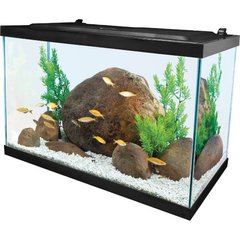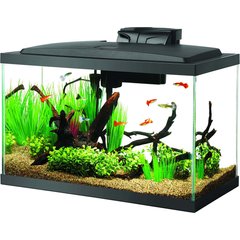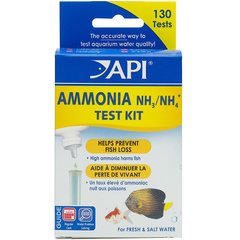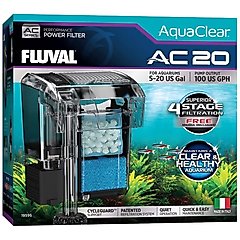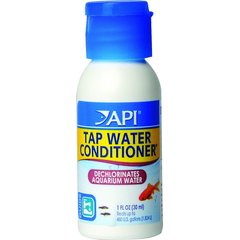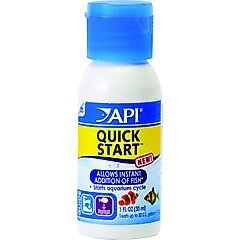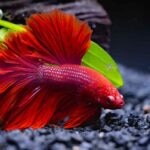Which Fish Can Live Together in a Community Fish Tank?
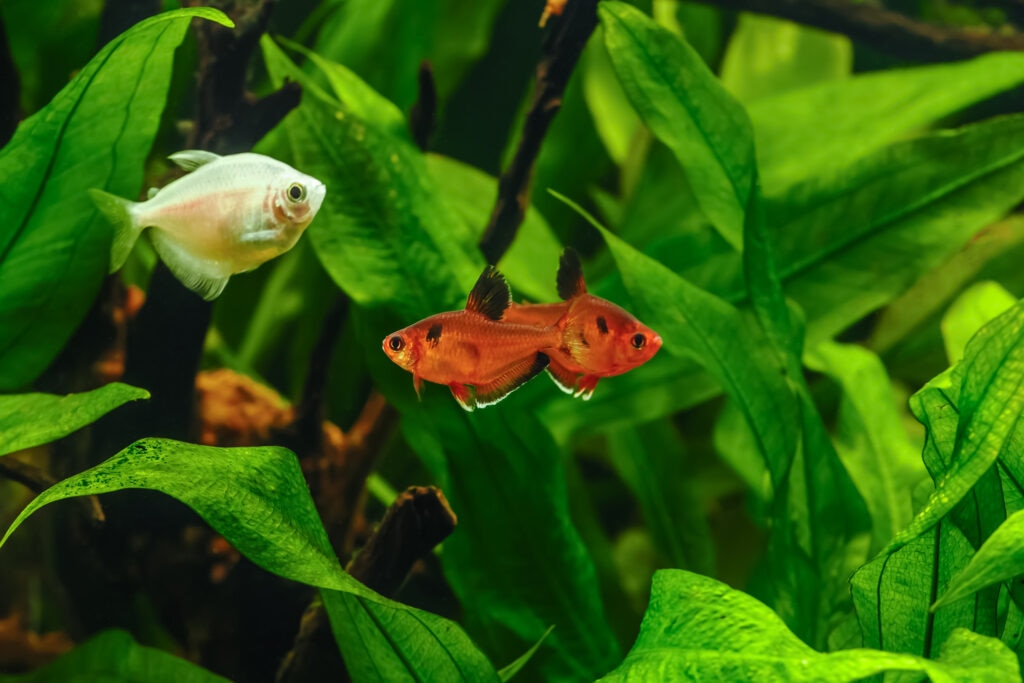
Photo by IURII BUKHTA/iStock / Getty Images Plus via Getty Images
When housing fish in your aquarium, it’s important to ensure the health and safety of all the fish in the tank. Community fish should be able to live peacefully together and have similar needs, making them easy to care for.
Key Takeaways
- The best community fish are naturally peaceful and like being with other fish.
- Always make sure your tank is big enough to accommodate the number of fish you plan to keep.
- Keep in mind that a bigger tank and more fish will require more ongoing maintenance.
Setting the Foundation for a Community Fish Tank
Before starting your multi-fish tank, make sure you have what your aquarium will need to properly maintain it.
“When planning a new tank, consider compatibility among tank mates, the species that will inhabit this mini-ecosystem,” says Jessica Allen, DVM, CertAqV, who works with aquarium enthusiasts in Florida, Georgia, and Tennessee. “Beyond tank parameters and cycling, a happy and thriving population must coexist in a low-stress, low-competition environment.”
For beginner aquarists, start with a 10- to 20-gallon tank, like the Tetra Complete Tropical Fish Aquarium Kit. Tank size will affect what fish may be kept.
Recommended Product
All fish tanks need filtration and lighting as well. The Aqueon LED Fish Aquarium Starter Kit has both.
Recommended Product
Cycle your tank with the filter on for four to six weeks until water parameters have stabilized. This will provide a stable environment for your new fish.
Routinely check basic water conditions like the temperature, pH, ammonia, and nitrites with a water testing kit. Certain species may prefer different water conditions, so research what your fish will need.
Recommended Product
Other supplies you may need include:
Recommended Product
- Heater and thermometer
- Lights
- Substrate
- Decor
- Dechlorinator, like the API Tap Water Conditioner
Recommended Product
- Filtration bacteria starter culture, like the API Quick Start Water Treatment
Recommended Product
- Fish food (depends on which fish you choose to keep)
- Maintenance tools, including a gravel vacuum, net, and algae scraper
Peaceful Community Fish Options
Peaceful community fish are good for beginner aquarists, and they’re also the best options for community tanks. Peaceful fish are nonterritorial, cohabitating with other fish in a low-stress environment without aggression, fin biting, or bullying.
Examples of peaceful fish include:
- Tetras (e.g., neon tetras, cardinal tetras): Tetras are schooling fish, making them great additions to a community tank. For their own comfort, keep tetras in groups of at least six.
- Guppies: Guppies are popular fish known for their bright colors and decorative fins. They’re also a hardy fish, making them ideal for beginner aquarists and smaller tanks.
- Platies: Platies are a peaceful fish that tolerate different water conditions well, making them a great fit for community fish tanks.
- Corydoras catfish: Also known as cory catfish, corydoras are bottom-dwellers that inhabit a different part of the aquarium than most other fish. They can also help keep your aquarium clean by eating leftover food at the bottom of the tank.
- Zebra danios: As active swimmers, danios can be a very fun addition to a community tank. They’re also known to be hardy fish, making them great fits for community tanks.
Semi-Peaceful Fish That Can Work in Community Tanks
Semi-peaceful fish can sometimes cohabitate with other fish under the right conditions. These fish may be territorial and occasionally display signs of aggression.
Larger aquariums are recommended to allow more space for the fish. Community tanks with semi-peaceful fish are not recommended for beginner fish enthusiasts.
Examples of semi-peaceful fish include:
- Betta fish (with caution): Betta fish may be able to live peacefully with other species in larger tanks (more than 20 gallons). It’s best to avoid fish that may resemble a male betta, so avoid fish with long tails. Female bettas may be able to live together in large tanks with plenty of hiding space, but do not house males together.
- Dwarf gouramis: These tend to be peaceful and hardy fish. They can be competitive, however, causing them to become territorial and fight.
- Mollies: While they’re generally peaceful fish, mollies prefer a bit more space than other fish. Without enough space, mollies may show signs of aggression toward your other fish.
Tankmates To Avoid in Beginner Community Tanks
Aggressive species such as cichlids should be avoided in community tanks, for the safety of all the fish in your aquarium.
If you’re housing fish with long fins like guppies, avoid fish known for nipping at fins such as tiger barbs.
If your tank has too many fish, overcrowding can cause even peaceful fish to become stressed and aggressive toward one another. It can also cause unstable water conditions and an unhealthy environment.
Tips for Choosing Compatible Fish
- Research before you buy: Research each fish species before buying and stocking your aquarium, says Melissa Witherell, DVM, a telehealth veterinarian in Davenport, Florida. This ensures the fish come from similar regions and require similar tank parameters.
- Quarantine new arrivals: Before introducing any new fish, quarantine them in a separate tank for four to six weeks. This helps prevent the spread of viruses, bacteria, or parasites to your established tank.
- Mind your tank size: Tank size is also important to keep in mind when picking fish; too many species without enough space can make even peaceful fish aggressive.
- Support schooling behavior: If you’re keeping schooling fish, provide enough room for the minimum number of fish recommended in the school to prevent stress.
| Fish Species | Best Companion Species |
|---|---|
| Tetras (Mid-Bottom Dwellers) | Platys, Swordtails, Guppies, Cory Catfish, Silver Hatchetfish, Rasboras |
| Rasboras (Top-Mid Dwellers) | Tetras, Clown Barbs, Mollies, Cory Catfish |
| Guppies (Top-Mid Dwellers) | Tetras, Mollies, Cory Catfish |
| Danios (Top-Mid Dwellers) | Tetras, Clown Barbs, Mollies, Cory Catfish |
| Barbs (Mid-Lower Dwellers) | Tetras, Guppies, Danios, Silver Hatchetfish, Mollies, Swordtails, Cory Catfish |
| Cory Catfish (Bottom Dwellers) | Platys, Swordtails, Guppies, Tetras, Barbs, Mollies, Danios, Silver Hatchetfish |
| Silver Hatchetfish (Top Dwellers) | Tetras, Barbs, Cory Catfish |
| Mollies (Mid-Dwellers) | Guppies, Tetras, Silver Hatchetfish, Danios, Barbs, Cory Catfish |
| Swordtails (Top-Mid Dwellers) | Tetras, Clown Barbs, Mollies, Cory Catfish |
| Platys (Top-Mid Dwellers) | Tetras, Clown Barbs, Mollies, Cory Catfish |
By following these general guidelines and paying attention to what your fish tell you, building a community fish tank can be easy and fun.
